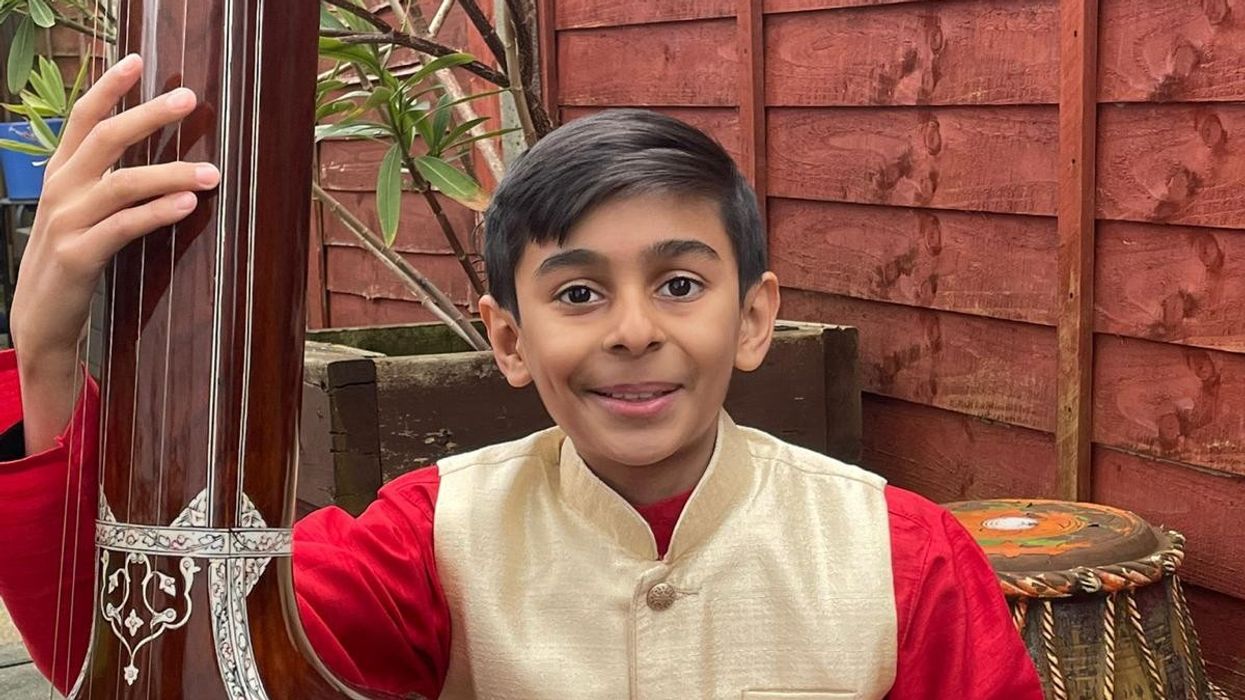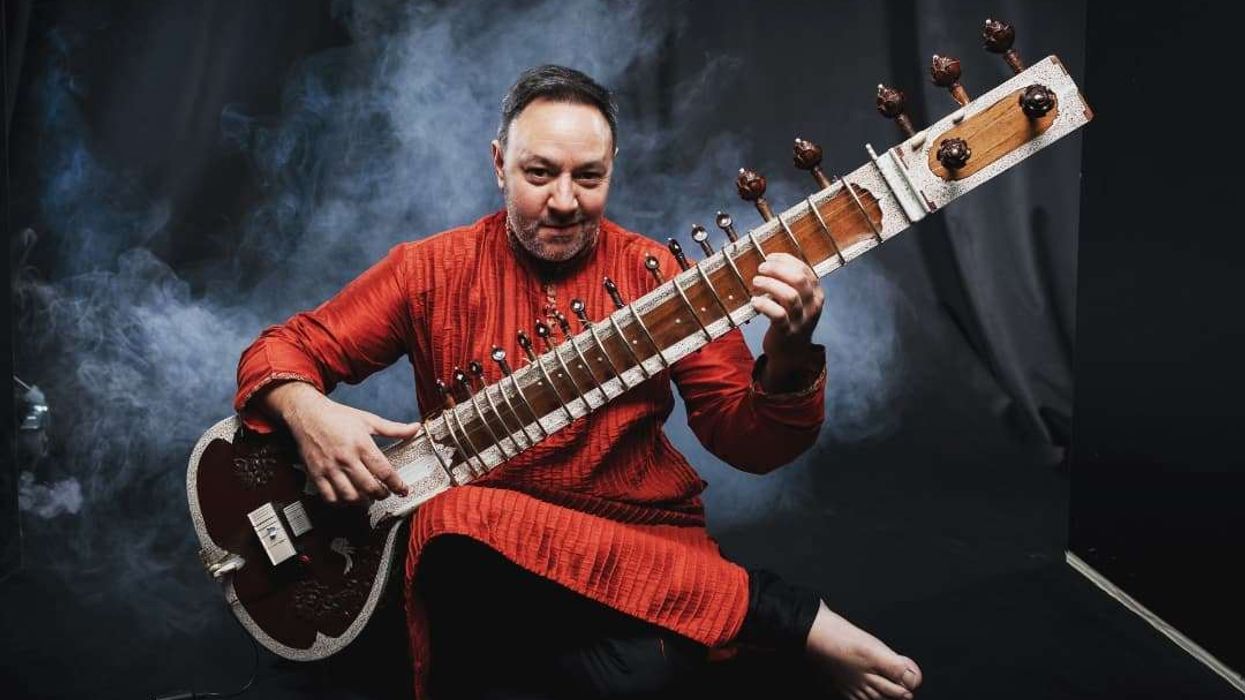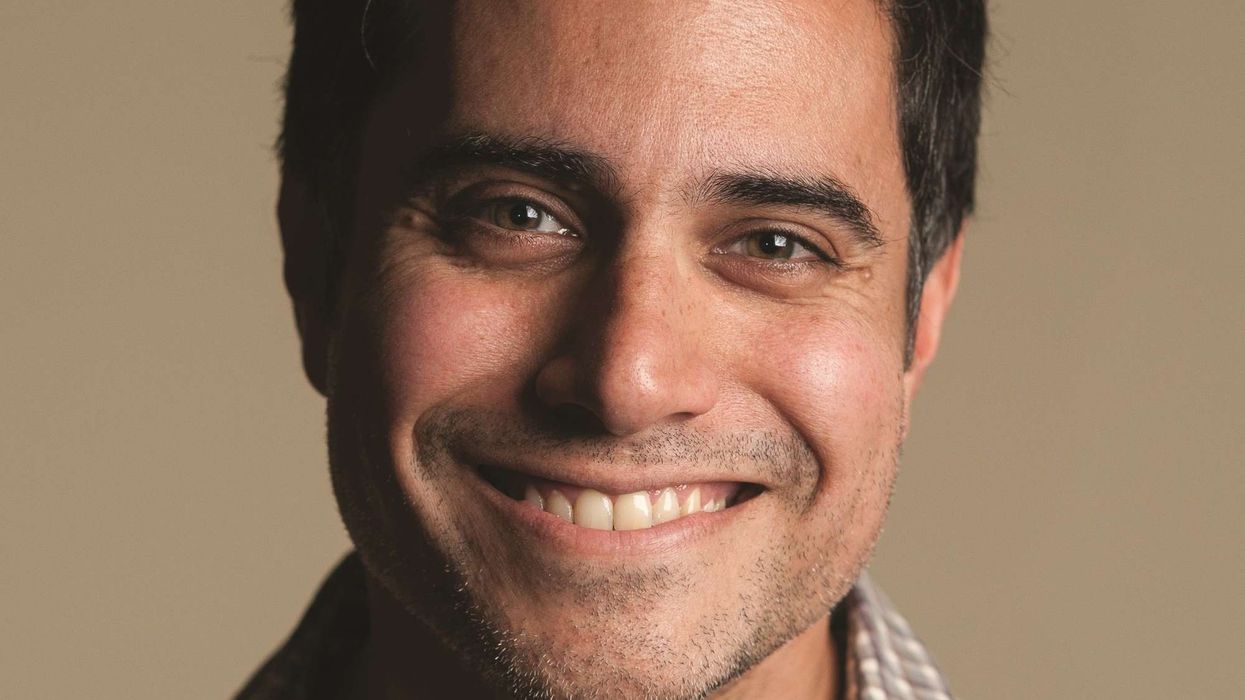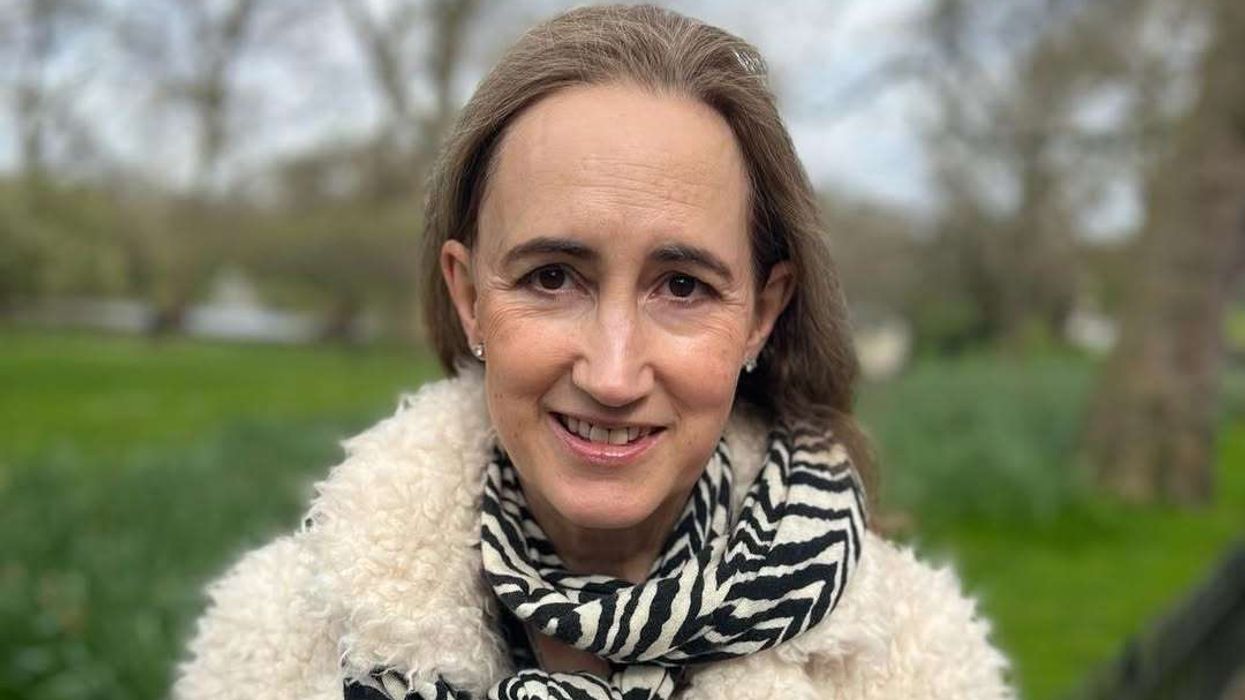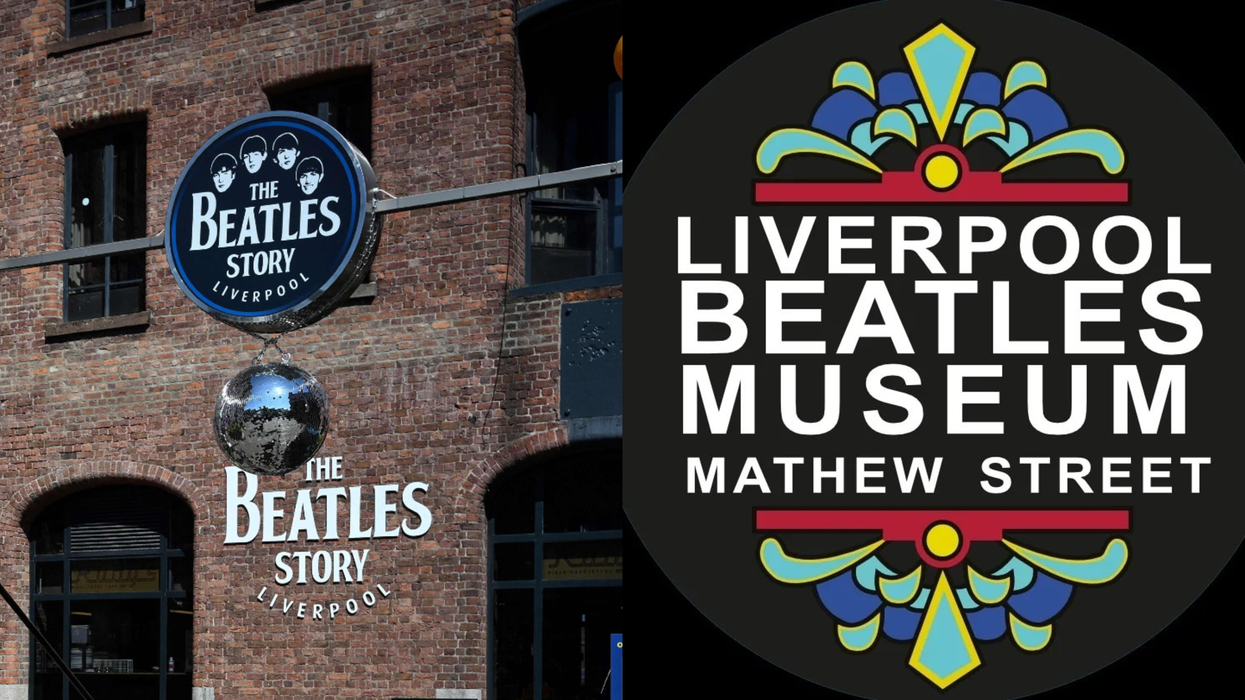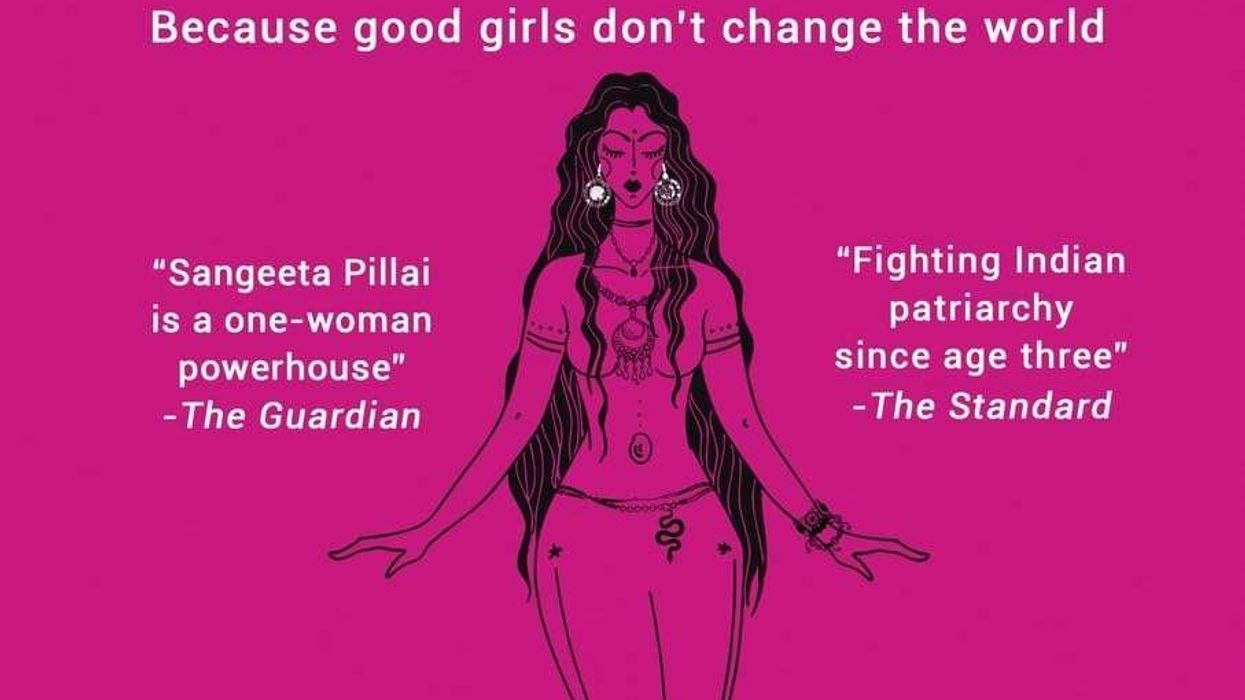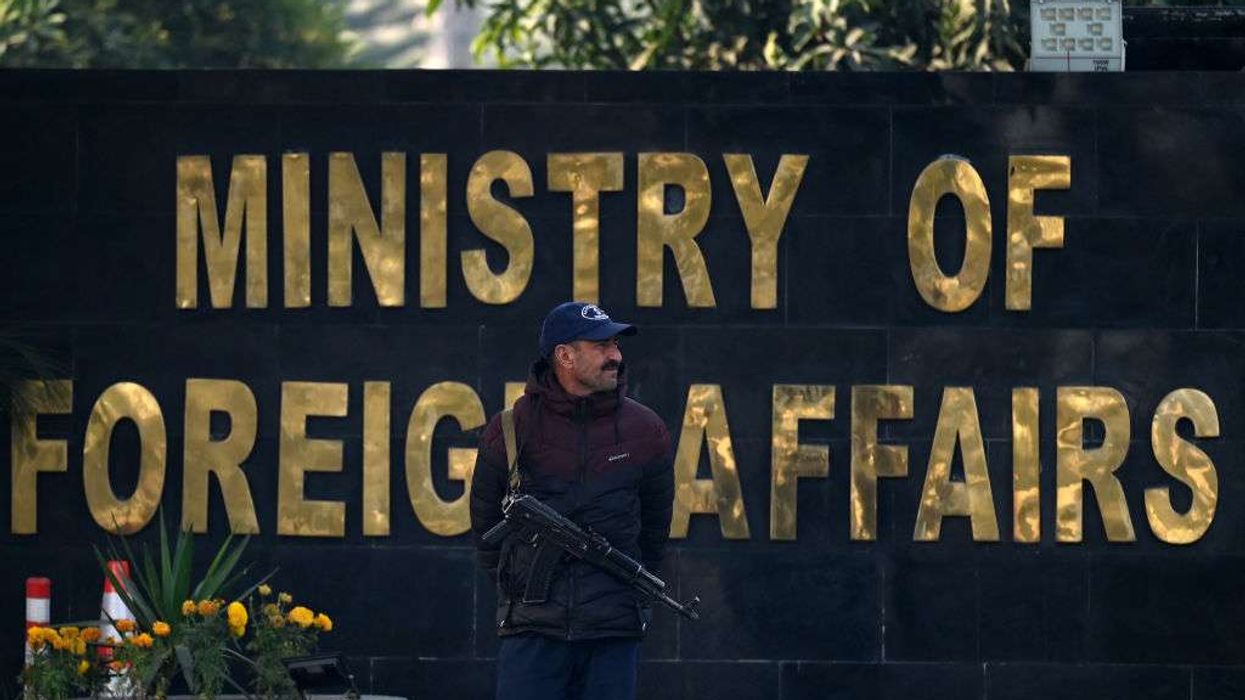INSPIRING talents like Param Rushang Jani are busting the myth that young British Asians are disconnected from their cultural roots. The 12-year-old from London has embraced Indian classical music from an early age, delivering his first recital at just six.
The Hindustani classical vocalist trains under the tutelage of acclaimed music maestro Prabhat Rao and is eager to build a career in a culturally rich genre that dates back centuries.
Eastern Eye caught up with the future star to learn more.
What first connected you to music?
When my parents took me to temples and evening aartis (prayers), I fell in love with the sounds there, like the mridangam and kartals. My parents noticed this bond and encouraged me to start learning music.
Who first discovered your talent?
In primary school, I had opportunities to play music and sing, which helped me progress. But it was my mum who first discovered my talent – she was very enthusiastic about it.
What do you most like about being a Hindustani classical vocalist?
Singing boosts my confidence, and I love being able to express myself – it brings me joy. Hindustani classical music is an improvisational form, so every time I sing a raga, I can express myself in new ways.
What has been your most memorable recital so far?
By far, my most memorable moment was singing my very first solo recital at the age of six.
What has the experience of learning Indian classical music been like?
It has been a fun and extraordinary journey. Through it, I have met so many different musical personalities who have all helped me grow.
What do your friends think about you dedicating yourself to Indian classical music?
I have supportive friends who are amazed at how deeply I have immersed myself in music. They are always eager to see what new things I bring to my school concerts.
Who is your music hero?
My guru, Prabhat Ji. He introduced me to all the different aspects of music, and because of him, I have come to appreciate the extraordinary talents of so many other musicians and found my own voice.
What are your hopes for the future?
One of my biggest hopes is to introduce Indian classical music to people all over the world.
What advice would you give other kids interested in Indian classical music?
Always show resilience and perseverance in your practice, especially when you feel like giving up. Attend as many live concerts as possible and connect with as many musicians as you can.
What kind of music do you enjoy listening to?
I mostly listen to Indian classical music, as I am very passionate about it. But I also enjoy artists like Imagine Dragons and AR Rahman.
Why do you love music so much?
I love music because when I sing or play, it fills me with peace and happiness. When I hum my bandishes, I can switch off from schoolwork and other activities – it engages the creative part of my brain. As a singer, my instrument is always with me – I can sing whenever and wherever I want.
